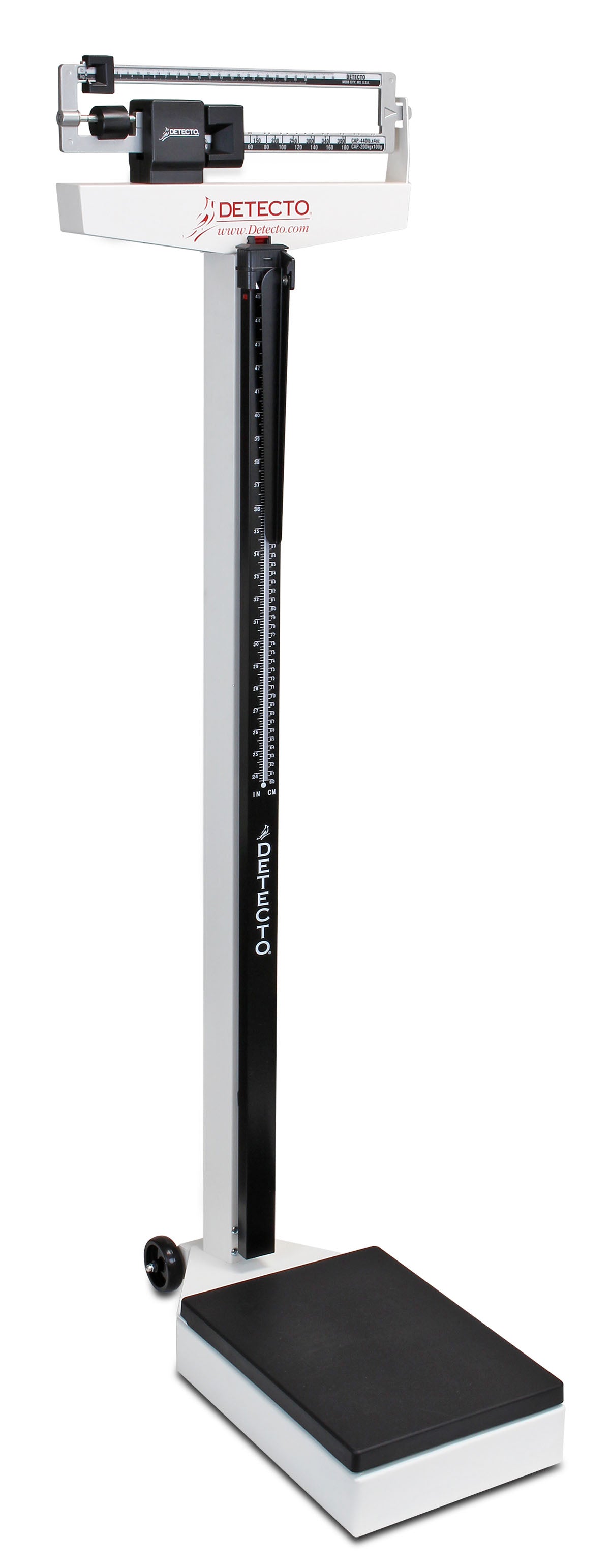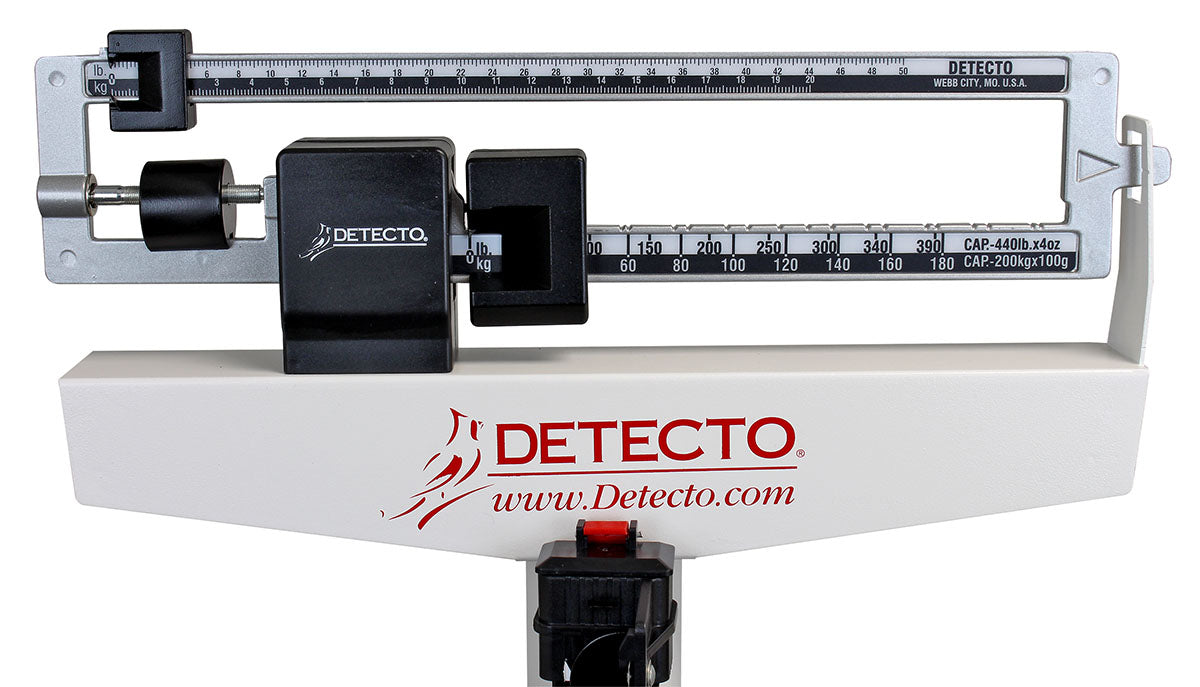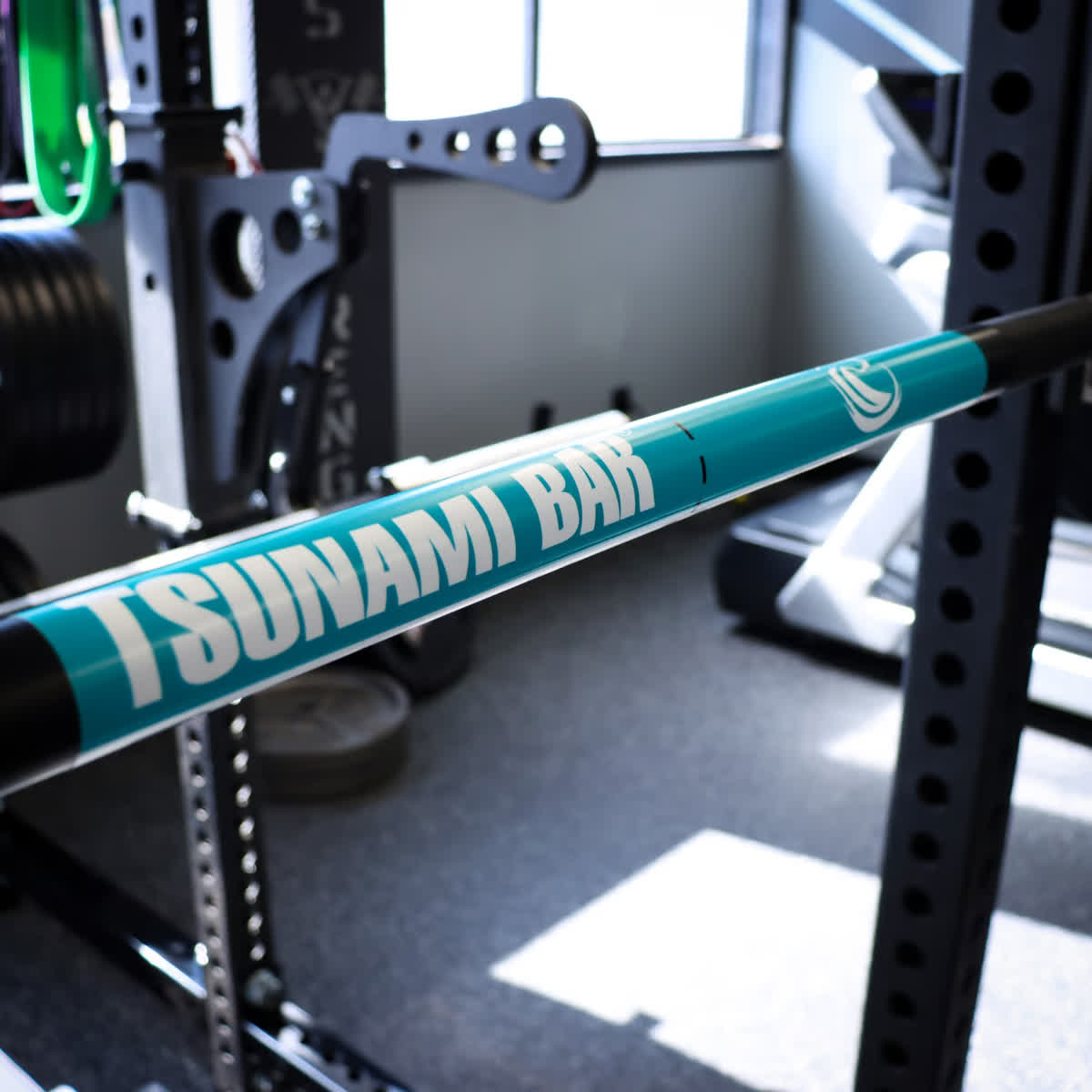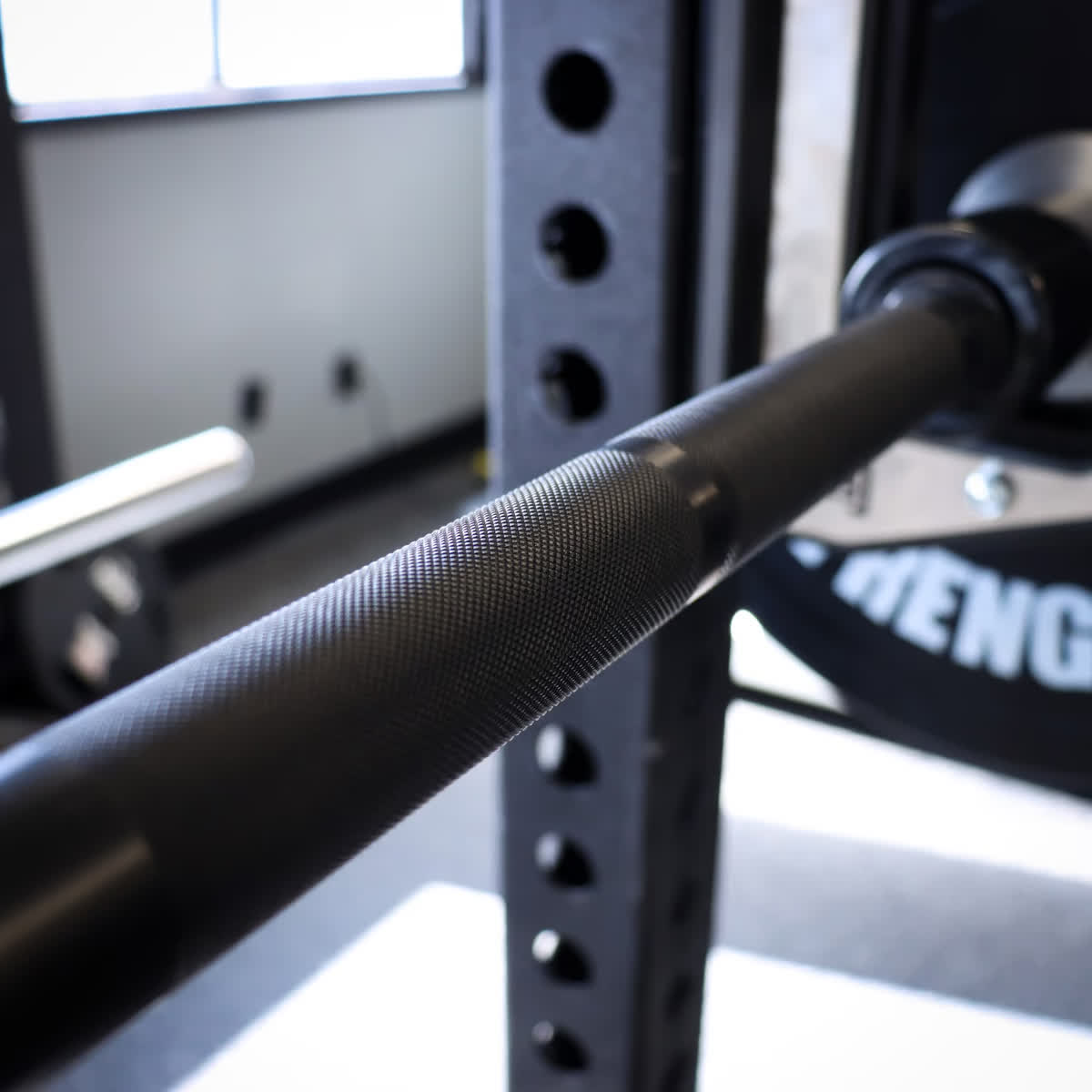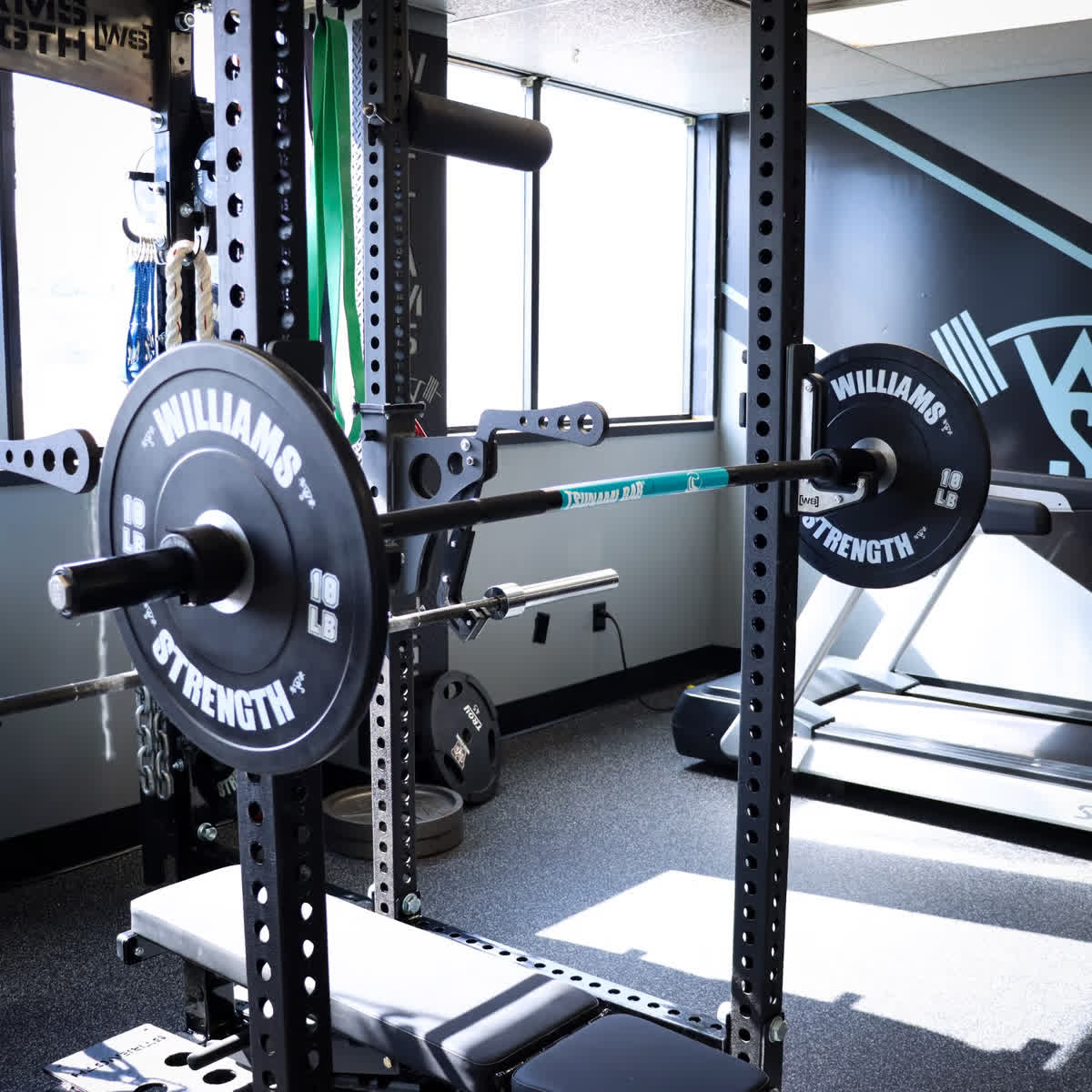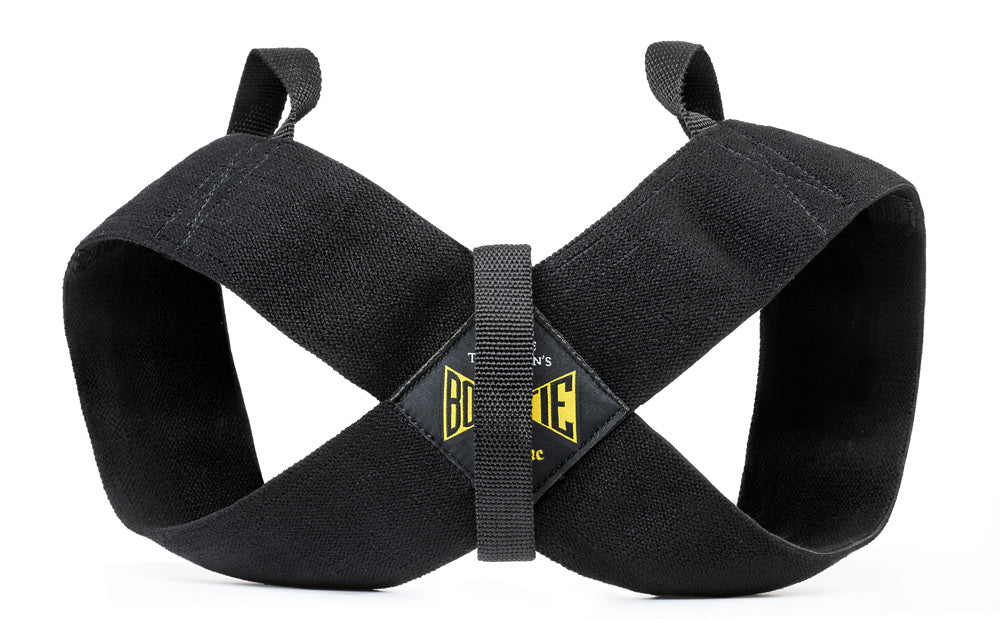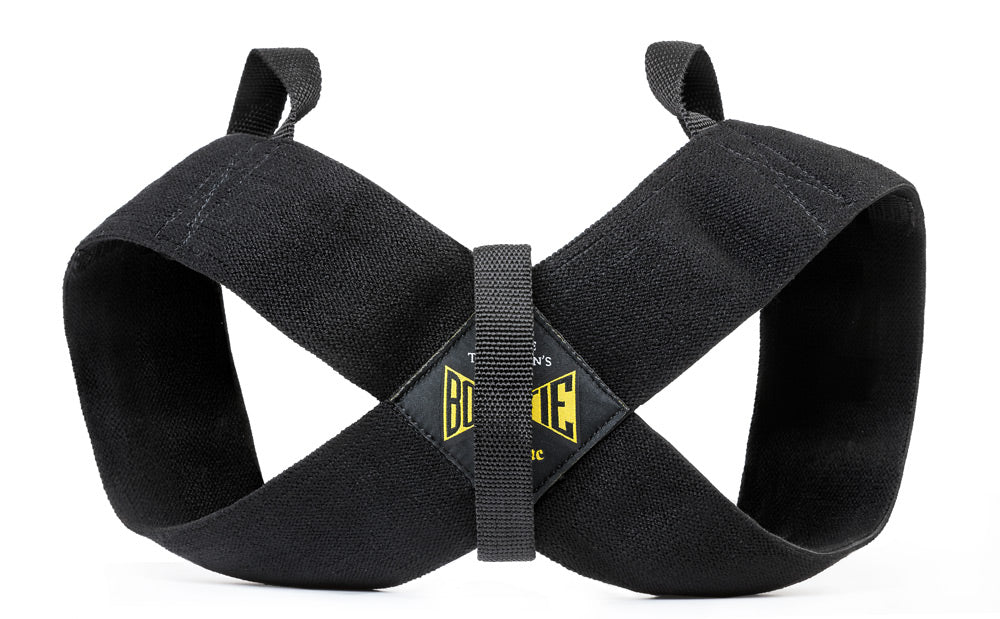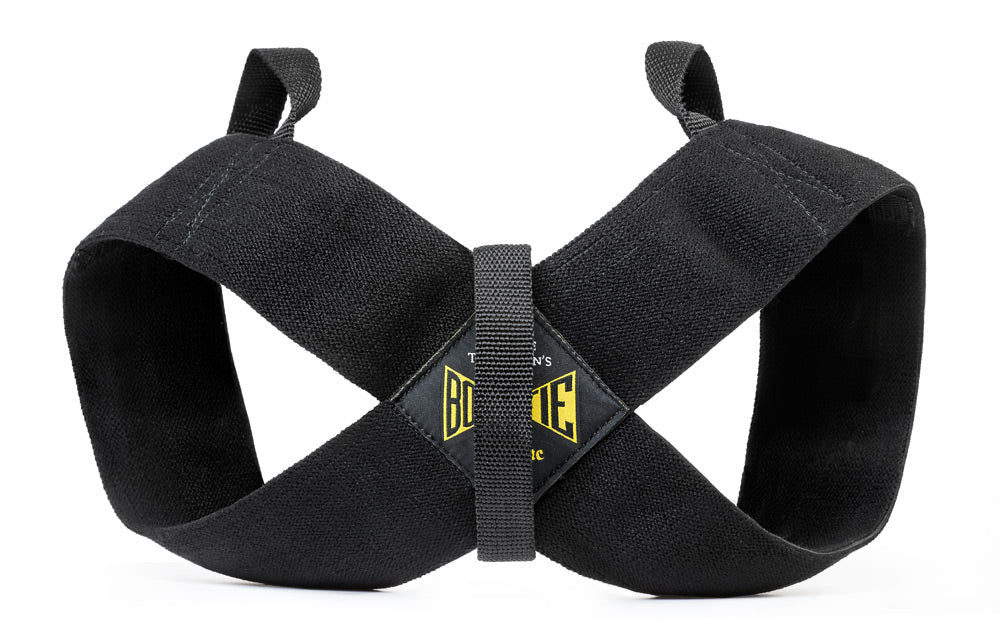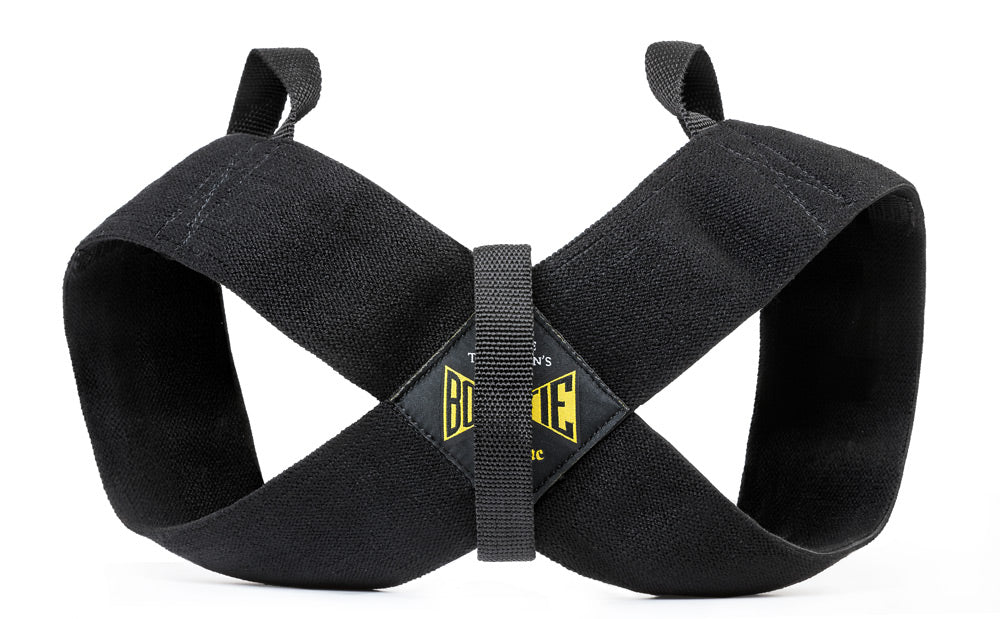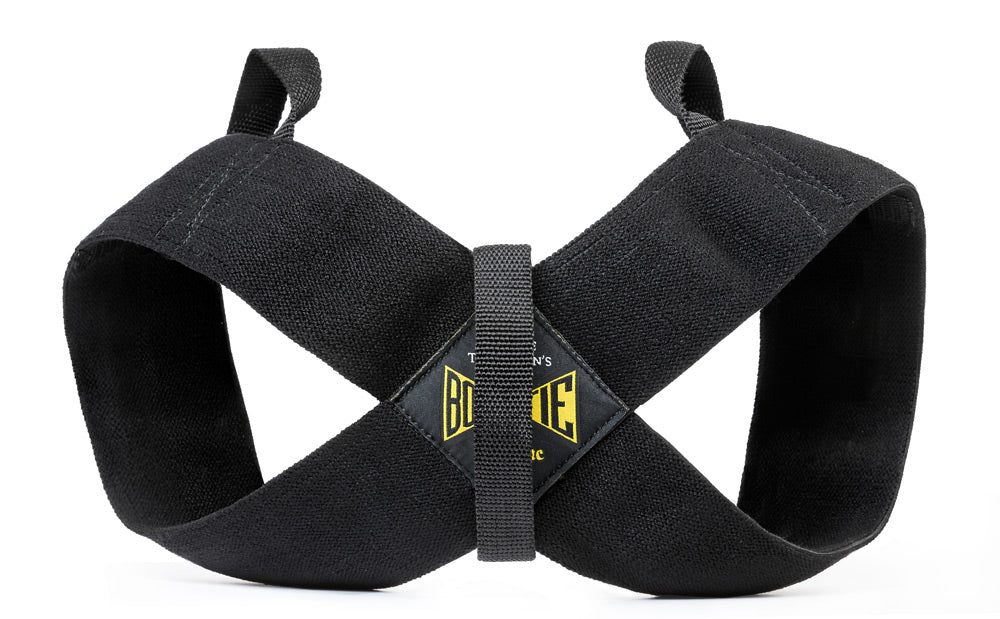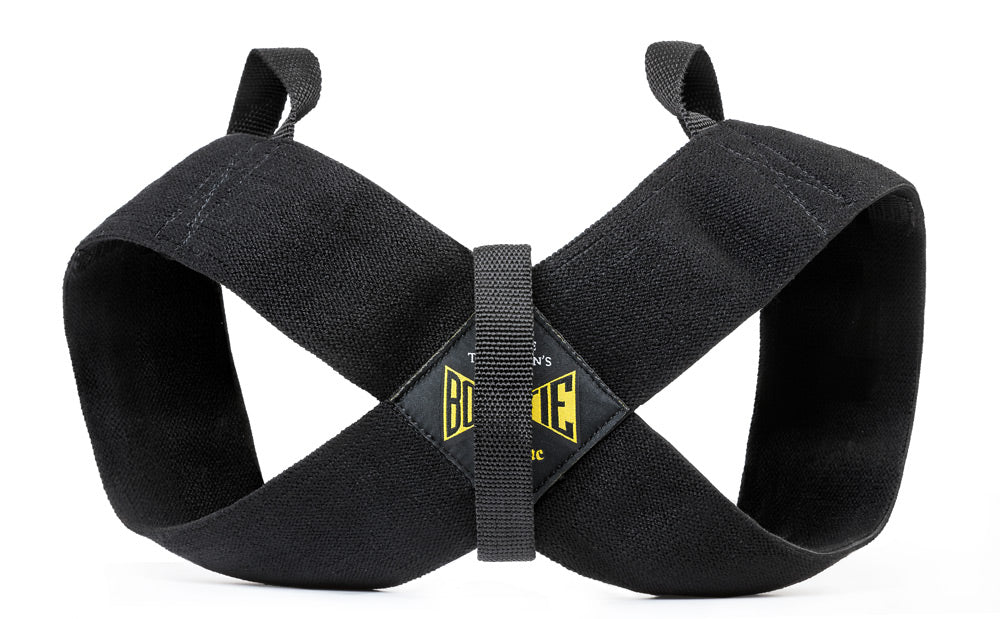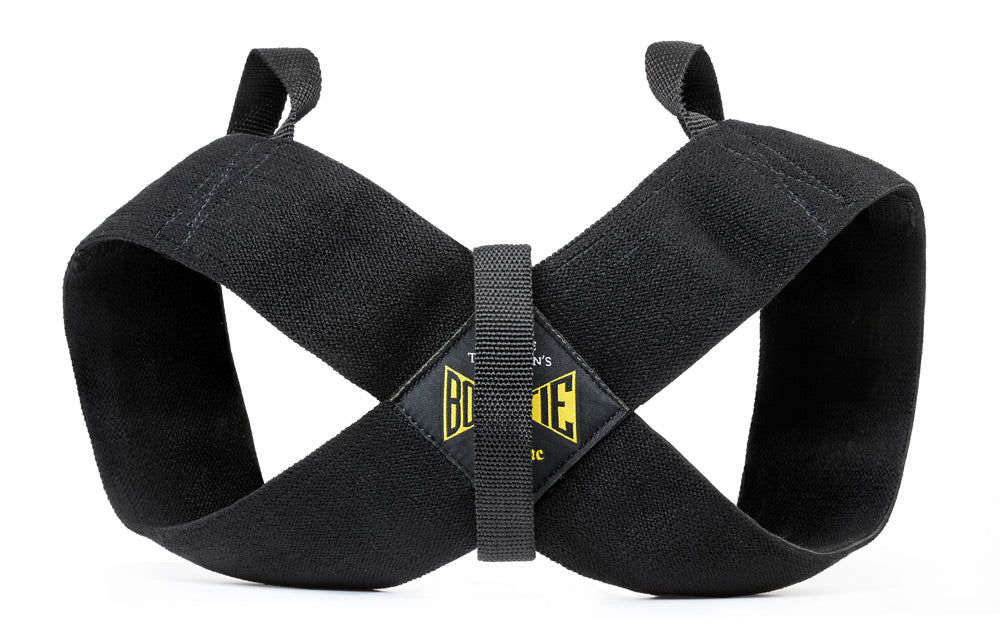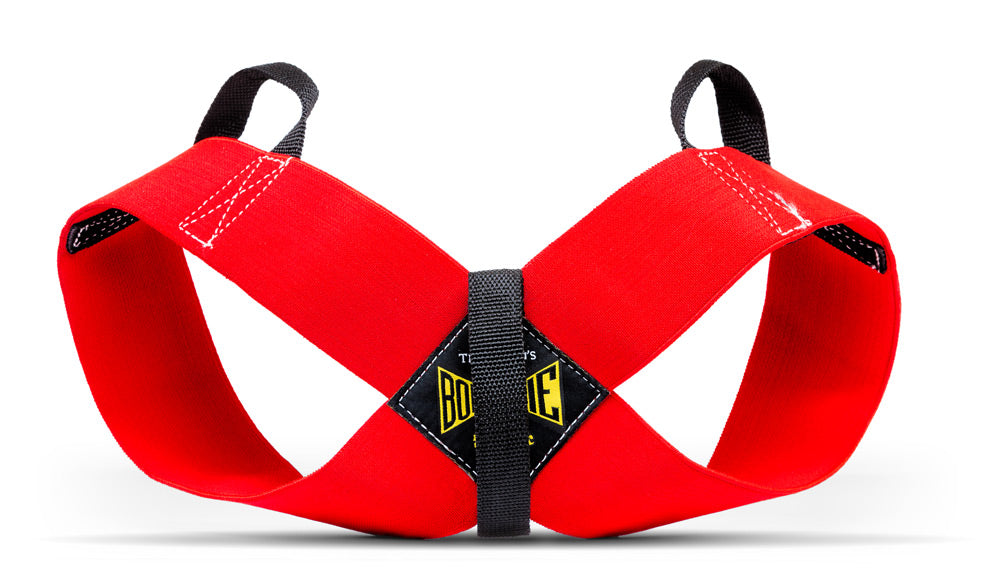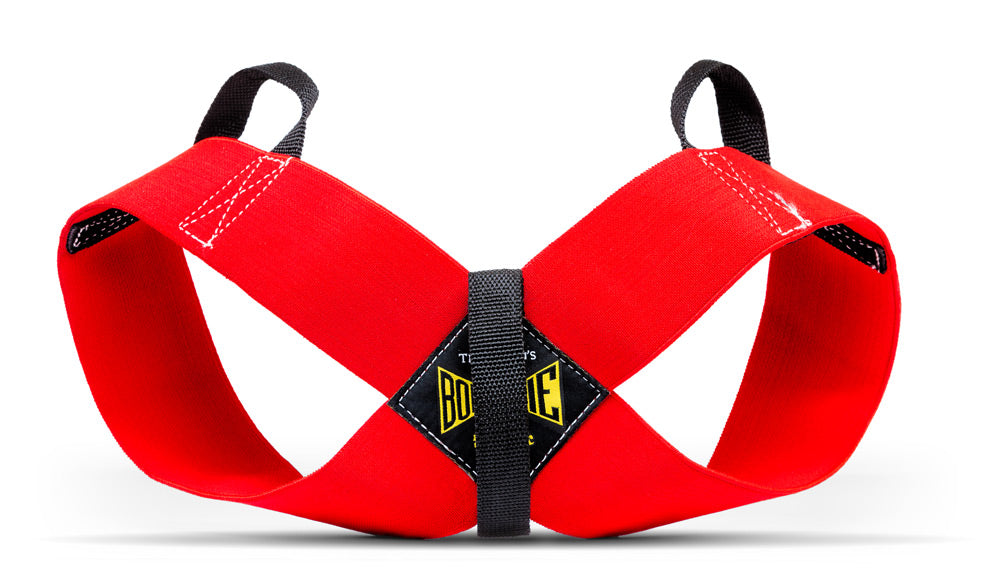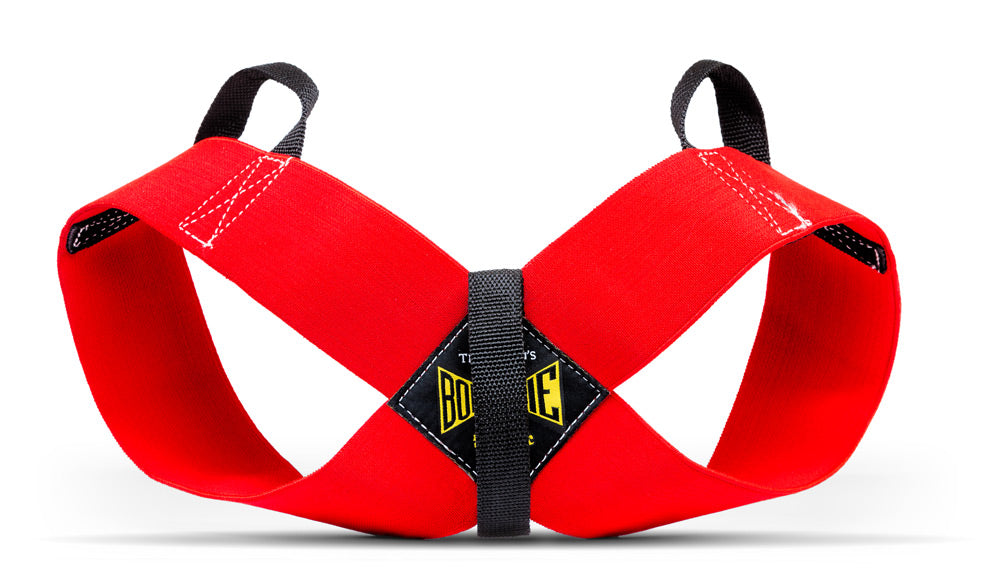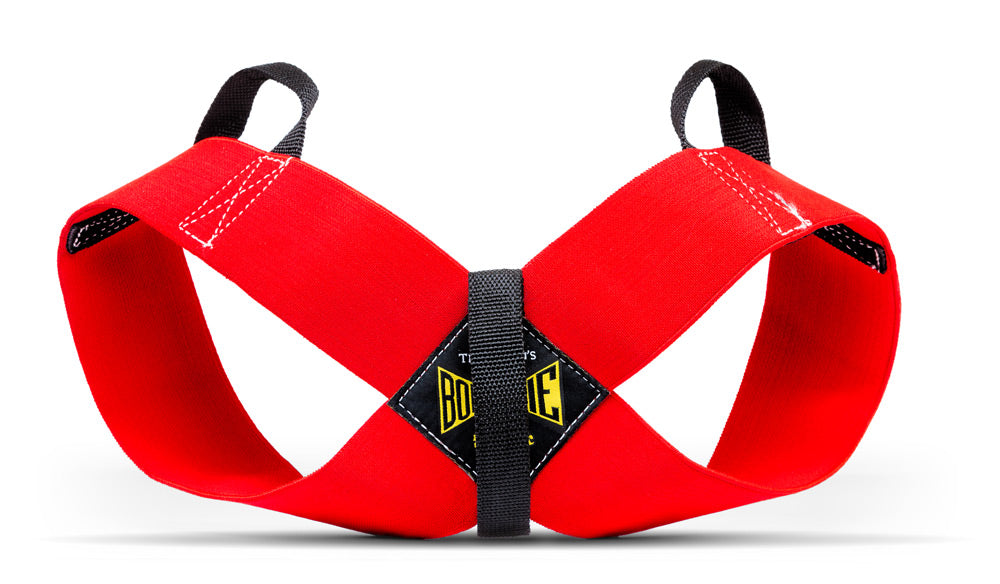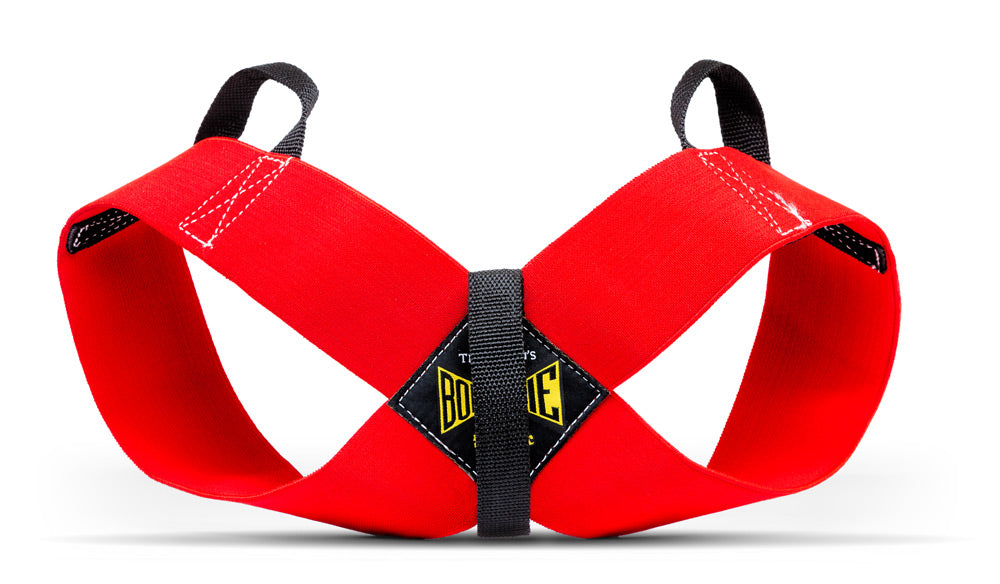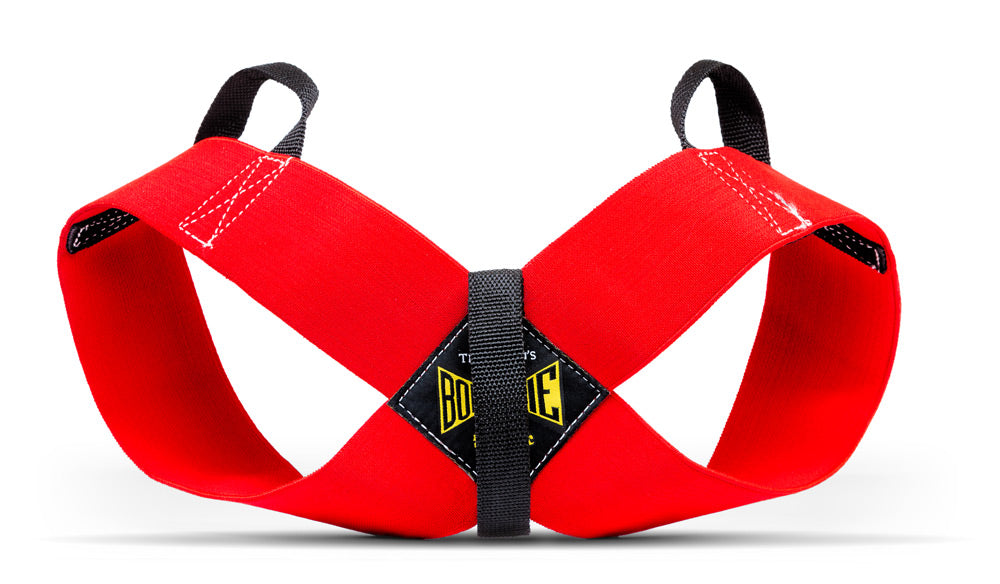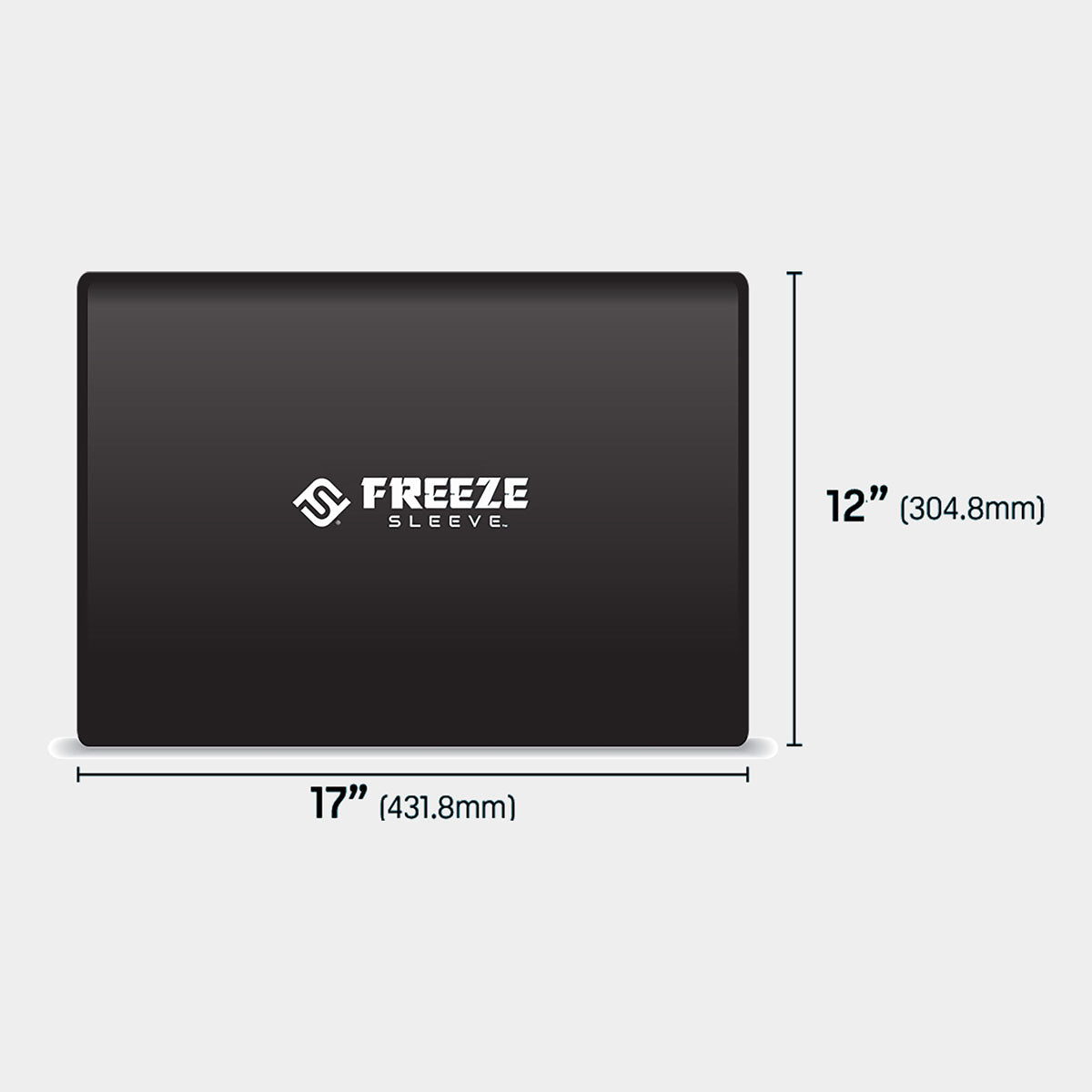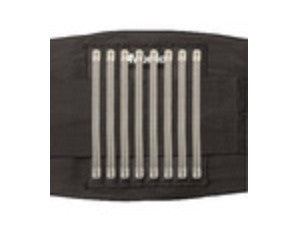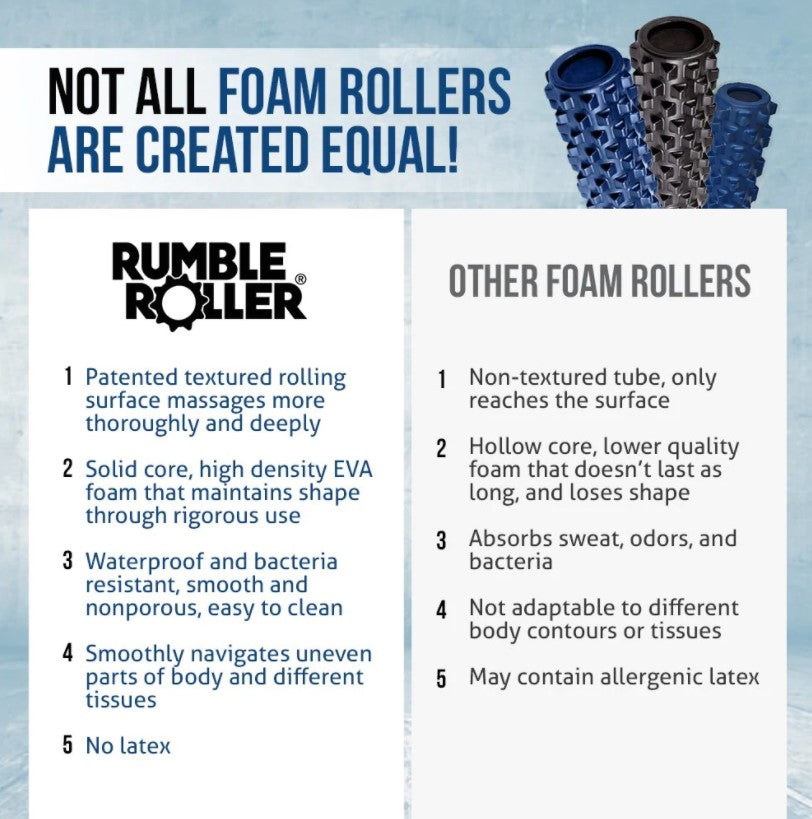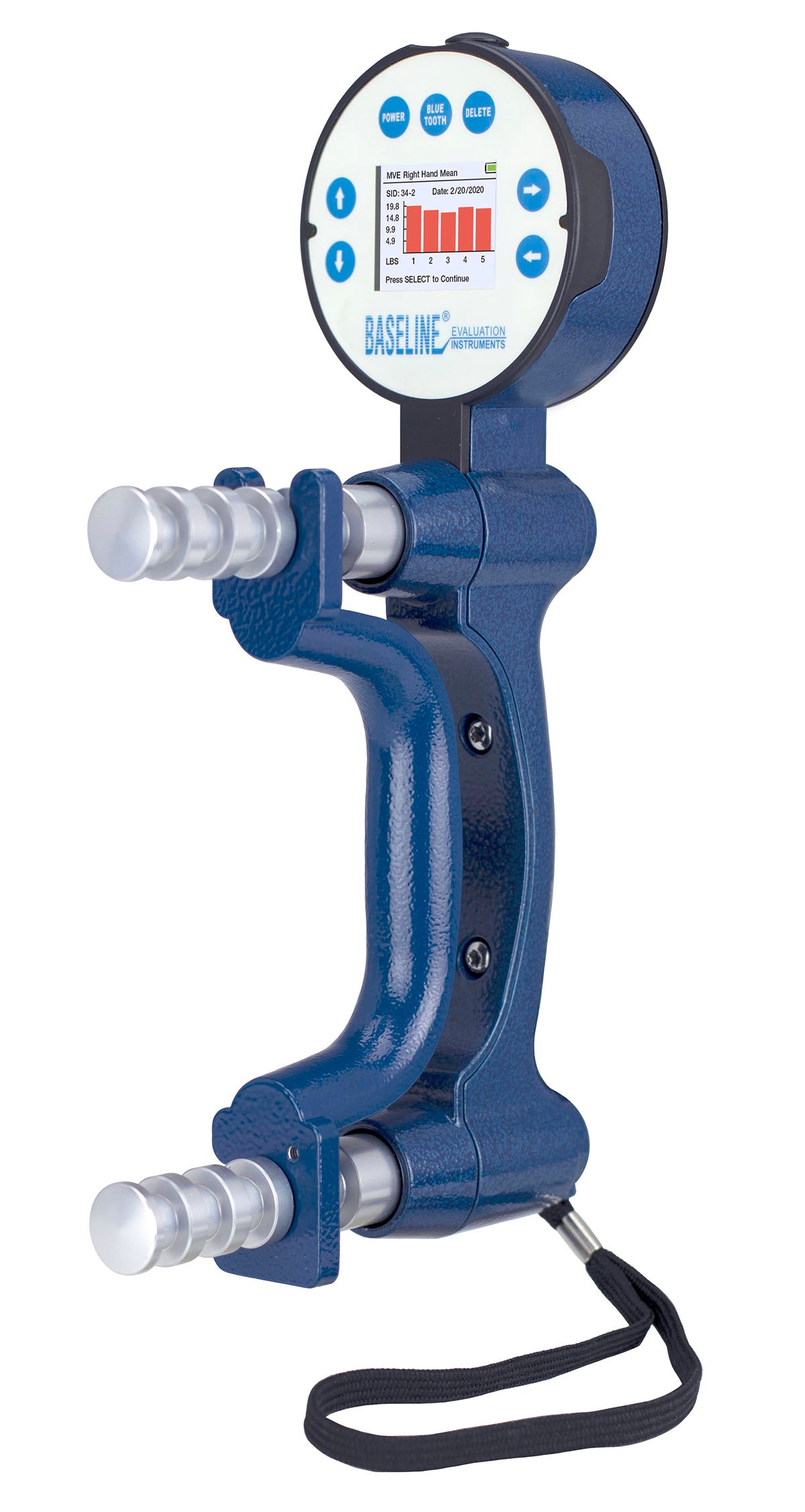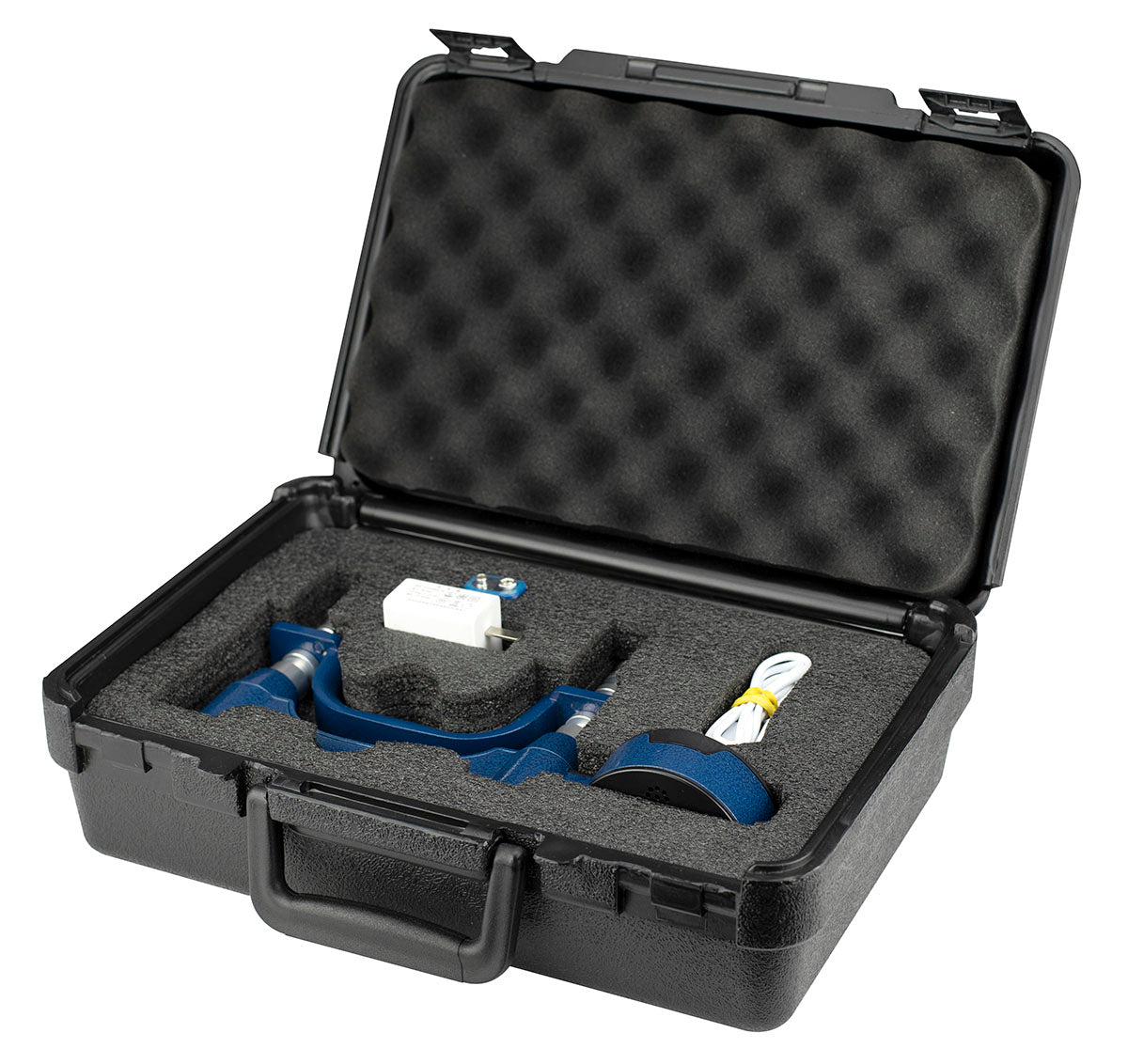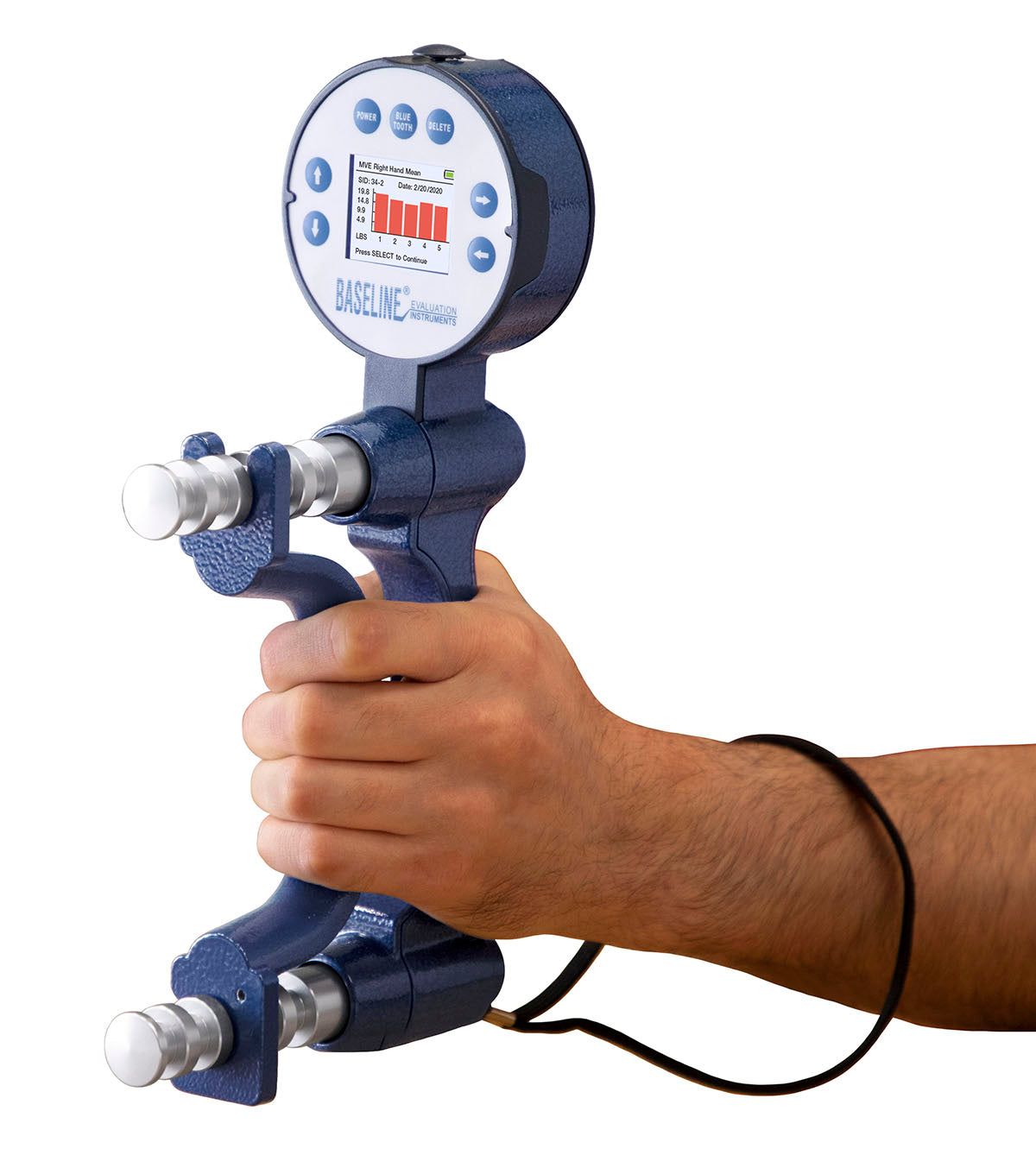I’ve worked with a lot of athletes that have gotten better and stronger — Casey Williams, David LaMartina, and Max Pippa are all near the top of their game. I’ve also worked with a lot of athletes who haven’t gotten better.
For a while, I took that personally, like I’d let them down somehow. I’d pour through articles, binders from courses, and re-watch video, when the reality of the situation had very little to do with me, and more to do with someone getting in their own way. The athletes that don’t actually get better and spend the better portion of a year going nowhere have a few things in common — and those traits are the exact opposite of those who actually do improve.
I’d challenge you to honestly evaluate how closely you tend to fall to either end of the spectrum for each of these qualities.
Quality A: Choose One or Two Experts to Take Advice From, and Follow It
When someone commits to completing the full rehabilitation program with good communication from one person, they’re likely to improve. There are so many ways to effectively rehab with common principles. Lifters that actually get better find someone that explains things to them in a way that makes sense to them. My husband likes this a bit to the flash-in-the-pan bodybuilding coaches and quick transformations, versus investing the time and energy to learn for the long haul from someone who is truly an expert, like John Meadows. The athletes that make the most progress over time are consistent with following through with the whole plan for the long-term, not just the first week. Every coach hates program hoppers because they can’t stick with a program long enough to actually see what effect it has. Rehab is no different, and good lifters recognize that.Quality B: Play Internet and/or Expert Roulette
As soon as I hear a lifter is already consulting with multiple parties, I respectfully bow out. There’s a fine line between interdisciplinary care and pretending you’re a kid in a candy shop. What that tells me is that they aren’t really ready to change what they’re doing or commit to one plan, which is the single most important thing in regard to getting better. I’ll talk to athletes a lot of times that say, “I worked with this person for one or two sessions, and this other one for one or two sessions, and then I had a Skype call with another one...and I still can’t squat." The only response I can give is, “Well yeah, you haven’t actually done anything.”It’s easy to hop on Google or YouTube and find a few exercises you think might be helpful, but it also contributes to a lot of frustration. You know how at weddings there’s the carnival game of thinking, “Which random act of togetherness is the couple going to use? The unity candle? The sand? The hand knot thing?” Lifters that don’t get better have a constant change in which carnival game they use to try and get better, instead of keeping things simple and calling in expertise.
Quality A: Make Training a Top-Four Priority
Elitefts has stated that its primary audience is one whose top four priorities include training. Top four does not mean “top.” I believe over-prioritizing training (making it number one) is something that can increase anxiety with regard to training and injury. There’s a lot of fear associated with losing a part of yourself, much more so if it is the number one part of yourself you identify with. Ex-athlete syndrome, fearing you won’t ever recover to participate again, is just that: fear-based. Training does, however, need to be important enough that you place value on it or it enhances your life in some way. It needs to be valuable enough that you will do what it takes the right way to get it back.Quality B: Make Training the Number One Priority
When training becomes the number one priority, the lifter sees short-term instead of long-term.With all your identity eggs in one basket, there’s a lot to lose. Anxiety, stress, and frustration all contribute to general “negative” in the stress bucket that is inflammation and pain. You must be careful what you think, because there is so much power in our thoughts, even with regard to our body chemistry. Athletes that don’t get better are clinging to training at a certain level because it is the biggest part of themselves they identify with. The mismatch between reality causes a continued snowball effect of training and injury.Quality A: Pay Attention to What Their Body Permits
While it’s good to have a plan, recognize that forcing the body into a poor position or pattern isn’t accomplishing the goal of the “task” of training for longevity. Paying attention to what your body permits continually creates a “habit” of training being non-painful. You need as many days like this as you can possibly get. Be relatively flexible with expectations and approach sessions with an element of permissiveness.Quality B: Have No Concept of Auto-Regulation
If you are rehabbing your injury, nothing you’re doing should hurt it. The goal is usually activity that is training related, moderately challenging, and non-painful. If it’s going well, that doesn’t mean to add more weight. What I see too often is lifters push beyond a threshold of ability to a point where a session becomes painful, swearing they won't do it next time, but doing it anyway. This causes repeated exposure over and over to a painful stimulus, which you’re effectively turning into a habit. Think about that for a second: the concept of creating a habit of making yourself not only feel pain but the mental deflation that happens when again, you can’t train the way you want to. It’s vicious.Quality A: Stop Sensationalizing
Lifters that actually get better have a relatively pragmatic approach: no excuses, motivational quotes, or anything else we often puff ourselves up with. They aren’t training the way they generally would, but they can progress on the things that actually hold them back from a better total. Instead of sensationalizing their experience or injury with qualifiers and emotion, they put their nose to the grindstone appropriately to get done what they can, and they trust the process. It is what it is; make the best of it.Quality B: Over-Emphasize the Role Their Injury Plays
I see a lot of this calm down once the initial injury and pain is validated. There is, however, so much most people can still do when they stop talking and start doing.Quality A: Find Wins
A successful lifter knows how to be both positive and opportunistic in training, and find the silver lining in training sessions. Each injured athlete I work with knows the purpose of each exercise and the session as a whole, and really plays up those wins. I think we largely underestimate the roles that mindset and the psychological response to injury play. If I have two athletes with similar issues and prognoses, the one who has taught himself to see small wins will (in my experience) return to regular training at a higher level of proficiency and greater sense of self-efficacy than one who needs to be encouraged and pulled out of a bucket of mud after every single session because of poor expectation management.Quality B: Constantly Qualify and Diminish Wins
The more someone focuses on what they aren’t doing, the more clouded their vision becomes. Discouraging yourself repeatedly makes it hard to go in and do something productive that might actually make you better once you’re back to your main movements. You are your own biggest roadblock just by being rigid in your perspective of what your purpose for that particular session is.
Quality A: Take Time Away From Heavy Weight
Your connective tissue doesn’t have the same blood supply that muscle does. Period. The lifters that get better recognize that there’s a limit to what tissue can handle, no matter how “hard” their brain wants them to go or how “strong” they feel, and they respect that. There’s a lot of remodeling that happens in a period of lower intensity from a histology standpoint. From a technique standpoint, which ultimately can increase or decrease injury risk, periods of technique or volume work can act as a reset. A lot of people will say in hindsight that right before their injury got “really bad,” their technique had been feeling off with even sub-max weights for a little while. Stability and readiness for heavier weight requires improved grooving and the ability to own a movement pattern.Quality B: Constantly Feel a Need to Be Prepping for the Next Meet
Stress doesn’t just magically disappear after a meet and a week of lighter lifting. I see a trend of scrambling to train around multiple injuries in a meet prep phase. I think some of this is psychological to a degree, and requires a willingness to let go of something, whether it be a goal, a total, or a small part of them that needs training to be heavy for one reason or another. I am fascinated by the psychology of lifting and identity, and why we do what we do. I am convinced that someone that feels the necessity to train near-maximal weights all the time usually has a "why" that needs to be acknowledged. Once someone can acknowledge that, however ugly or humiliating it may be, it becomes a lot easier to enjoy training as a process rather a destination.Quality A: Train Pattern/Know the Purpose of Their Exercise Selection
Knowing how to train your weak point means knowing your pattern. If your triceps struggle on your bench, keep your shoulder blades locked and in the same position they need to be when you bench. If your upper back caves when you squat, train what your upper back needs to do and feel like rather than arbitrarily doing upper back work. You can train pattern, even if not in the direct position: You should mimic exactly where your body is locked in during your main movements.Quality B: Arbitrarily Do Accessory Work or Train in Isolation
Not all patterns are created equal, and chances are good that if you load up heavy, you’ll revert to a position that is nowhere near how you should be under a bar. Bros can do heavy triceps pushdowns with their shoulders internally rotated all day long, but they don’t bench in that position. If the purpose is hypertrophy, I get it, but the more specific you can be to your movement, the better. Don’t lose the intent of what you’re actually trying to accomplish in exercise selection. Strengthen your position rather than checking off some volume for the sake of getting it in.Here are a few other key differences between lifters who know how to improve versus lifters who halt the improvement process.
Pay Their Experts/Expect Free Advice
There’s got to be an even exchange. The principle of perceived value is one I’ve had to learn a little bit the hard way lately, but there has to be an investment of some sort for the athlete or a cost associated. It doesn’t have to be monetary, but with little to nothing at risk, it’s a lot easier to bail and waste your own time. When you have a stake in something, you’re more willing to do what’s needed to succeed.
Diversify/Repeat the Known
Be open to training differently so you can train.
Rely on Habit/Rely on Motivation
This is one of the biggest differences I see. At some point, your willpower will waver, and habit takes over. Build good ones.
The general trend here and the biggest difference between groups is having a short-term versus long-term perspective. Challenge yourself to think through these things honestly, and have a training partner hold you accountable. The single best thing I have done for my own training lately has been finding that open accountability. I want to be in this for the long haul. Find this person before you “need” this person.
Peaking When Things Feel Off: Quick Corrections Before A Meet



























